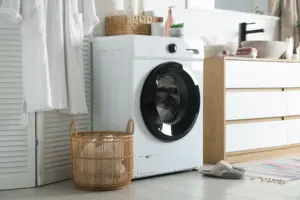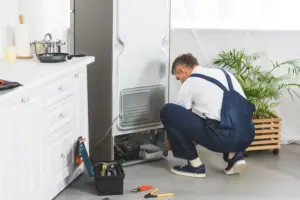Technology has steadily transformed how households operate, from refrigerators that keep food fresher to washers that calculate detergent levels automatically. But one of the biggest leaps in recent years has been home automation. Many people ask, what’s home automation, and how can it simplify daily living? In short, it’s the integration of smart devices, sensors, and control systems that allow you to monitor and manage your home remotely or automatically. This article explores its definition, history, benefits, challenges, and practical applications—particularly in relation to modern appliances that you already depend on every day.
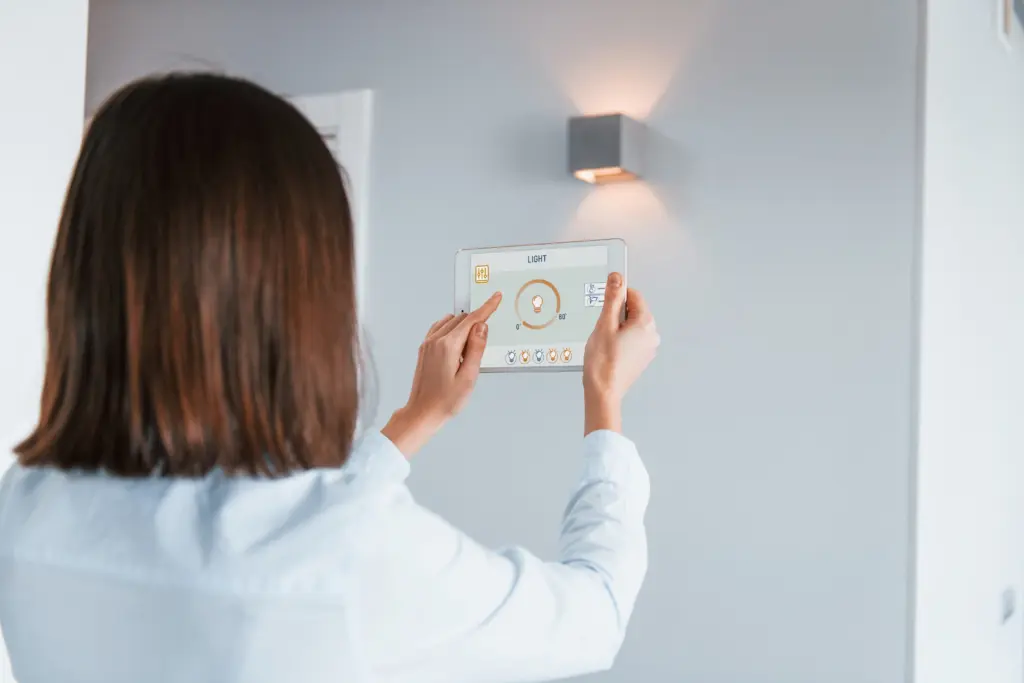
Defining home automation
Home automation refers to using technology to control household systems—lighting, heating, appliances, and security—through automation or remote commands. Instead of manually flipping switches or turning dials, you can set schedules, create rules, or manage devices with a smartphone, tablet, or voice assistant. Asking what’s home automation is really asking how to make homes more efficient, responsive, and connected through digital control and intelligent feedback.
How home automation developed
The concept dates back to the mid-20th century, when simple timers controlled lamps or coffee makers. As microprocessors improved in the 1980s and 1990s, manufacturers experimented with remote-controlled lighting and early “smart” appliances. The real breakthrough came with widespread Wi-Fi, affordable sensors, and cloud connectivity in the 2000s. Suddenly, homeowners could access cameras, thermostats, and dishwashers through apps, triggering a new era of integrated smart homes. Today, home automation is no longer a luxury—it’s becoming a standard expectation for modern living spaces.
Core components of home automation
Several technologies make automation possible. Smart hubs or controllers connect devices together, allowing them to communicate. Sensors track conditions like motion, temperature, or humidity. Smart appliances and outlets respond to programmed commands. Cloud services handle remote access, while mobile apps and voice assistants provide intuitive control. Together, these elements form the ecosystem that defines what’s home automation in practical terms.
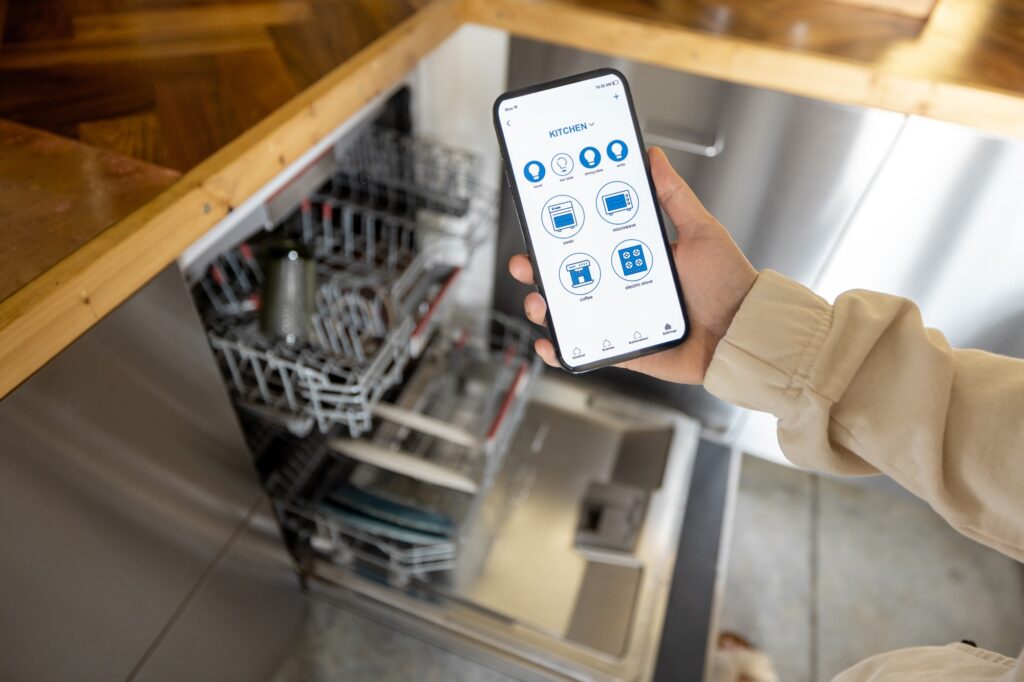
Examples of home automation in everyday life
Imagine lights turning on automatically as you walk into the kitchen, or a thermostat lowering temperature once everyone leaves the house. Dishwashers and washing machines can notify you on your phone when a cycle finishes. Smart refrigerators monitor expiration dates and suggest recipes. Even ovens can preheat remotely, ready when you arrive home. These examples illustrate that when we ask what’s home automation, it’s not abstract—it’s about small conveniences that add up to significant lifestyle improvements.
Benefits of home automation
One of the biggest advantages is convenience. Automating repetitive tasks saves time and mental energy. Energy efficiency is another: smart thermostats reduce heating and cooling costs, and connected appliances run cycles during off-peak hours to save electricity. Security improves through cameras, sensors, and automated locks. Accessibility is also important—people with limited mobility can control their homes through voice commands or simple phone taps. These benefits show that home automation is not just about novelty but about creating safer, more efficient homes.
Challenges and limitations
Despite its promise, home automation does come with challenges. Devices from different brands may not always communicate smoothly, leading to compatibility issues. Initial costs for equipment and installation can be high. Privacy and security are ongoing concerns—connected devices must be updated to avoid vulnerabilities. Finally, reliance on stable internet access means outages can temporarily limit functionality. Asking what’s home automation also means considering these trade-offs before diving in.
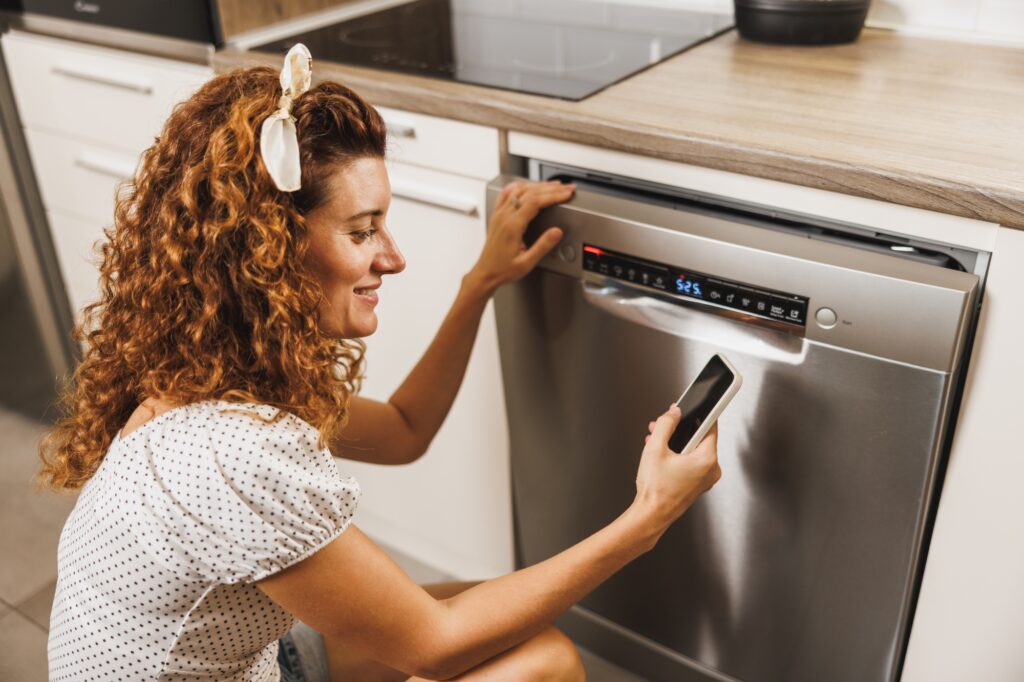
How appliances fit into automation
Appliances form the backbone of any home, so their integration into automation systems is natural. Smart dishwashers adjust water usage automatically and can be scheduled remotely. Washing machines send alerts when cycles are done or need maintenance. Refrigerators track inventory and allow remote temperature monitoring. Microwaves and ovens can be started or adjusted through apps. For guidance on traditional appliance services, see our dishwasher service and refrigerator service pages, which highlight how conventional appliances remain central even in connected homes.
Home automation and energy efficiency
One of the strongest arguments for automation is sustainability. Energy Star–rated appliances already lower consumption, but automation goes further by optimizing when and how they operate. For instance, a smart dishwasher can delay a cycle until off-peak hours, or a smart dryer can alert you when clothes are dry to prevent unnecessary extra cycles. According to the U.S. Department of Energy, automation combined with efficient appliances can significantly reduce household energy bills and environmental impact.
Integration with voice assistants
Voice control through platforms like Amazon Alexa, Google Assistant, or Apple HomeKit has accelerated adoption. Instead of scrolling through an app, you can say “start the dishwasher” or “preheat the oven to 350 degrees.” These commands demonstrate the ease of interaction, particularly for busy households or individuals with accessibility needs. Voice control has become a cornerstone of what’s home automation in today’s marketplace.

Security and privacy considerations
As homes become smarter, protecting personal data is critical. Appliances and systems collect usage data, which can reveal household routines. Ensuring secure Wi-Fi networks, using strong passwords, and keeping firmware updated are essential practices. Manufacturers are increasingly transparent about data policies, but consumers must remain vigilant. Thinking about what’s home automation responsibly means addressing not only convenience but also privacy and safety.
Adoption trends in the U.S. and beyond
Reports show that over half of U.S. households now have at least one smart device, and adoption continues to grow. In Europe and Asia, high-density urban living has spurred automation for security and energy management. Builders are also incorporating smart infrastructure into new homes, wiring spaces with sensors and hubs. These trends point to automation becoming the default rather than the exception, shaping how future homeowners think about appliance ownership and maintenance.
How to get started with home automation
For beginners, starting small is best. Choose a single system such as smart lighting or a connected thermostat, then expand as comfort grows. Adding smart plugs is an affordable way to integrate older appliances. From there, upgrading to smart dishwashers, washing machines, and refrigerators offers greater efficiency. Professional installers can ensure systems integrate smoothly, but many products today are DIY-friendly, allowing households to scale at their own pace.

Maintenance and service in automated homes
Automation doesn’t eliminate the need for upkeep. Filters still need cleaning, sensors require calibration, and appliances may occasionally need resets. When glitches occur, it’s important to know whether they’re caused by the device itself or by the automation hub. That’s where professional service becomes essential. If you’re in Northeast Ohio, My Appliance Guy offers appliance repair and service expertise, ensuring that both smart and traditional appliances keep running smoothly.
Future of home automation
The future will likely bring even deeper integration. Appliances will communicate with utility grids to optimize energy usage. Machine learning will predict household needs, automatically ordering supplies or adjusting settings based on patterns. Augmented reality may guide homeowners through maintenance steps with visual instructions. As innovation continues, the question of what’s home automation will evolve from convenience into sustainability, resilience, and personalized living.
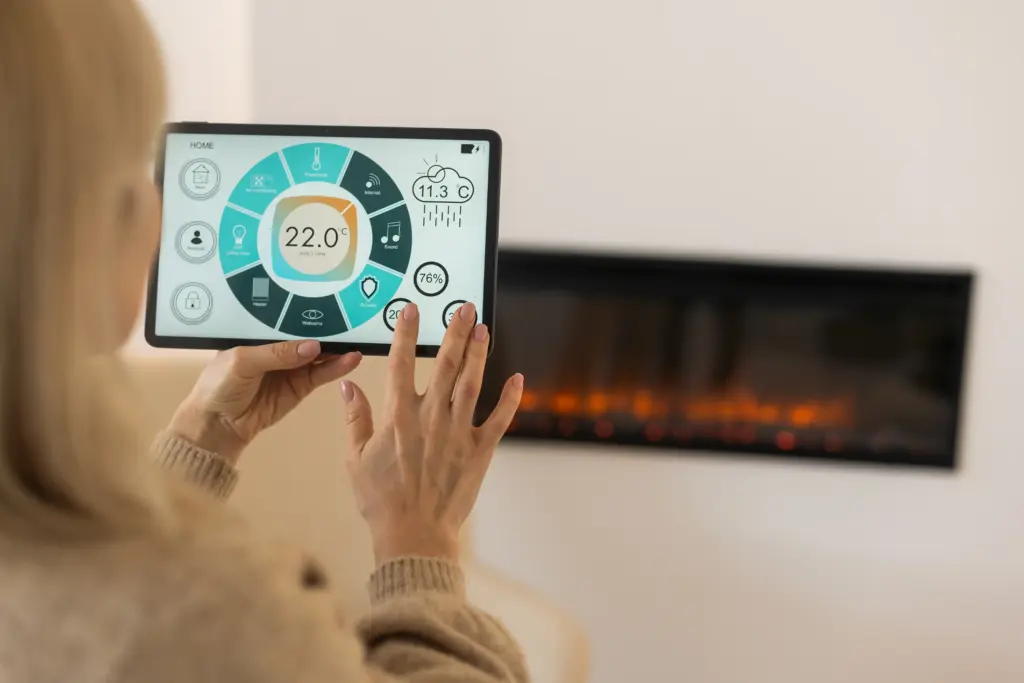
Talk to a local expert for advice
If you’re curious about integrating smart appliances or upgrading your existing setup, call My Appliance Guy at (440) 409-4541. Our team can provide guidance on selecting reliable appliances, maintaining them, and ensuring that technology truly simplifies your household instead of complicating it.
So, what’s home automation? At its core, it’s the use of smart devices, sensors, and connectivity to create a more efficient, secure, and convenient household. By combining traditional appliance reliability with modern digital intelligence, home automation represents the next step in making homes more responsive to the needs of the people living in them.

